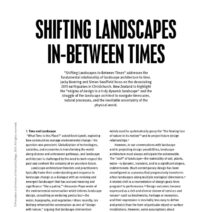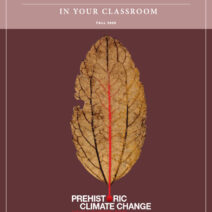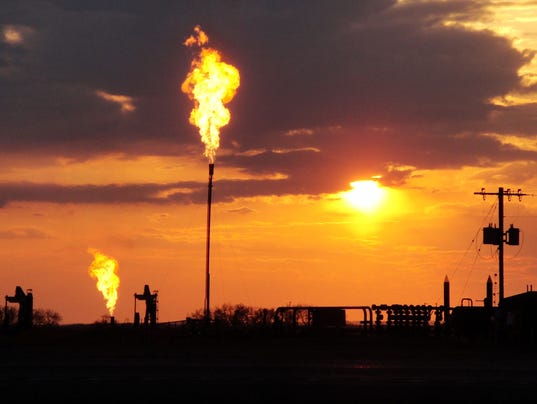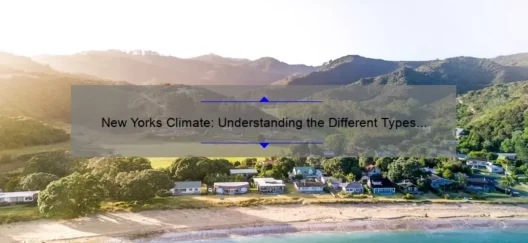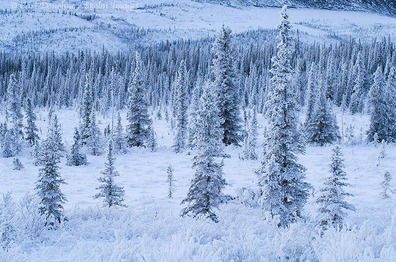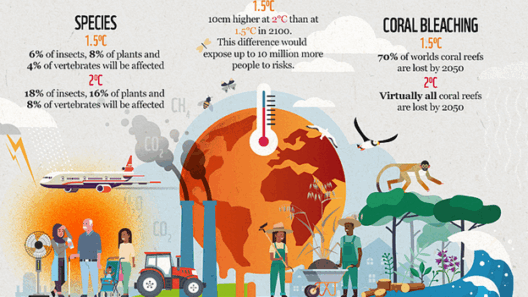Global warming, an urgent global issue, has sparked intense debate around the question of responsibility. Are humans to blame for the alarming changes we witness in the climate? To discern this, we must delve into a wealth of scientific evidence, explore historical climate patterns, and scrutinize human activities over time. What emerges from this analysis is a compelling narrative that intertwines scientific data with subjective human choices.
To begin, it is essential to comprehend the fundamentals of climate science. The Earth’s climate has naturally fluctuated over millennia, brought about by various factors such as volcanic eruptions, solar radiation variations, and natural carbon cycles. However, the pace and scale of recent changes dwarf these historical natural variations. According to rigorous climate studies, the last century has seen unprecedented warming, particularly since the mid-20th century, which correlates closely with the advent of industrialization.
Fossil fuel combustion serves as a primary culprit in this warming trend. The burning of coal, oil, and natural gas releases copious amounts of carbon dioxide (CO2) and other greenhouse gases into the atmosphere. These gases trap heat, leading to the greenhouse effect, a process that essentially warms our planet. The Intergovernmental Panel on Climate Change (IPCC) has extensively documented this phenomenon, noting that atmospheric CO2 levels have surged from approximately 280 parts per million to over 410 ppm since the Industrial Revolution. This staggering increase is primarily attributable to human activities, particularly the proliferation of industry, transportation, and deforestation.
Deforestation not only contributes directly to increased CO2 levels as trees, which absorb carbon, are cut down, but it also diminishes the planet’s capacity for carbon absorption. Furthermore, agricultural practices emphasizing livestock and rice production release significant amounts of methane, another potent greenhouse gas. This notion that human actions are simultaneously exacerbating global warming through various vectors illustrates a complex interplay between modern civilization and climate systems.
As we delve deeper, the role of industrial agriculture emerges as particularly alarming. The Green Revolution, heralded for its potential to eradicate hunger, came at a grave environmental cost. The heavy reliance on synthetic fertilizers and pesticides has led to soil degradation, water scarcity, and increased greenhouse gas emissions. Additionally, monoculture farming diminishes biodiversity, undermining an ecosystem’s resilience to climate change.
However, the narrative that points an accusatory finger solely at humans can sometimes overlook critical systemic issues. Economic structures, political motivations, and societal norms heavily influence environmental degradation. Fossil fuel economies have molded much of global infrastructure, making the transition to renewable energy sources challenging. The investment in sustaining fossil fuel dependence often overshadows the potential of cleaner alternatives. Thus, while individual choices do matter, the overarching frameworks of policy and economy create an environment where harmful practices can flourish.
Indeed, the conversation surrounding climate accountability must also consider developed versus developing nations. Advanced economies, being the primary historical contributors to greenhouse gas emissions, hold a gamut of responsibilities towards rectifying the situation. Emerging nations, while contributing to current global emissions through industrialization, often contend with the paradox of pursuing development without clear avenues for sustainable energy alternatives.
Education plays a pivotal role in shifting perspectives on global warming. Knowledge dissemination fosters an awareness of the scientific findings behind climate change and highlights the imperative for change. Efforts to enhance climate literacy can be transformative. Engagement in discussions regarding sustainable practices, waste reduction, and conscious consumption are vital in mitigating the effects of climate change. The more individuals understand their impact, the more likely they are to embrace changes in lifestyle and advocate for policies addressing climate issues.
Furthermore, the role of innovation cannot be understated. Technological advancements present one of the most promising avenues for combating global warming. From renewable energy solutions such as solar, wind, and hydropower to carbon capture technologies and electric vehicles, innovative solutions are proliferating. Harnessing these technologies en masse can significantly curb greenhouse gas emissions and foster sustainable economic growth. Transitioning from fossil fuels to renewable energy requires both vision and ambition—a daunting challenge, but not an impossible one.
The effects of climate change—more intense storms, rising sea levels, and prolonged droughts—underscore the urgency for collective action. The message is clear: while human activity has undoubtedly contributed to climate change, the solution also lies within human ingenuity and cooperation. By amalgamating scientific advancements with a community-driven approach, society can navigate towards a sustainable future.
In conclusion, acknowledging the role of humans in global warming is crucial to address one of the most significant issues facing our planet today. A nuanced understanding of this responsibility reveals an intersection of individual actions and systemic influences. As inquiries into the very fabric of human-induced climate change continue to evolve, adapting strategies through innovation, community engagement, and policy frameworks will be paramount. The road ahead requires that we not only recognize our role but that we also commit to reshaping it in favor of a more sustainable future.
